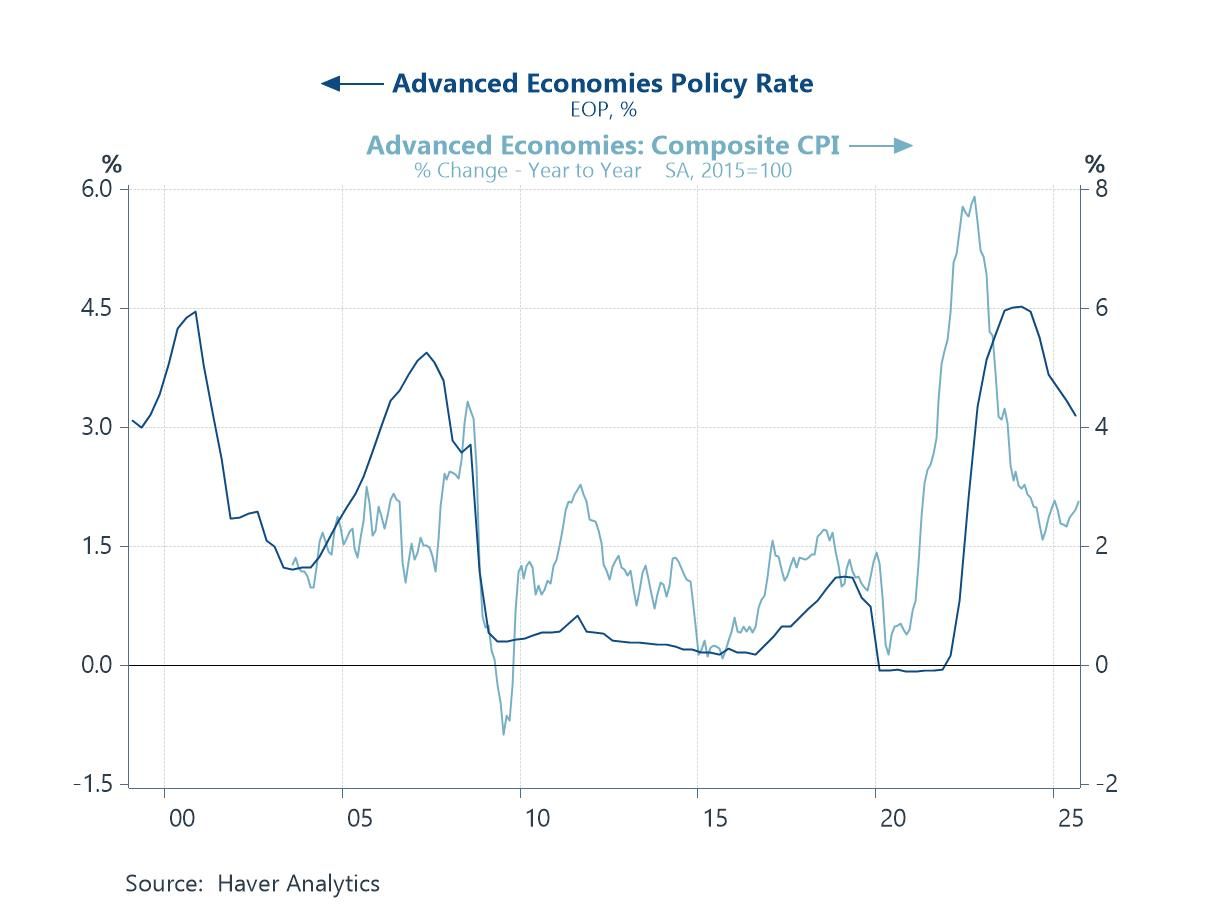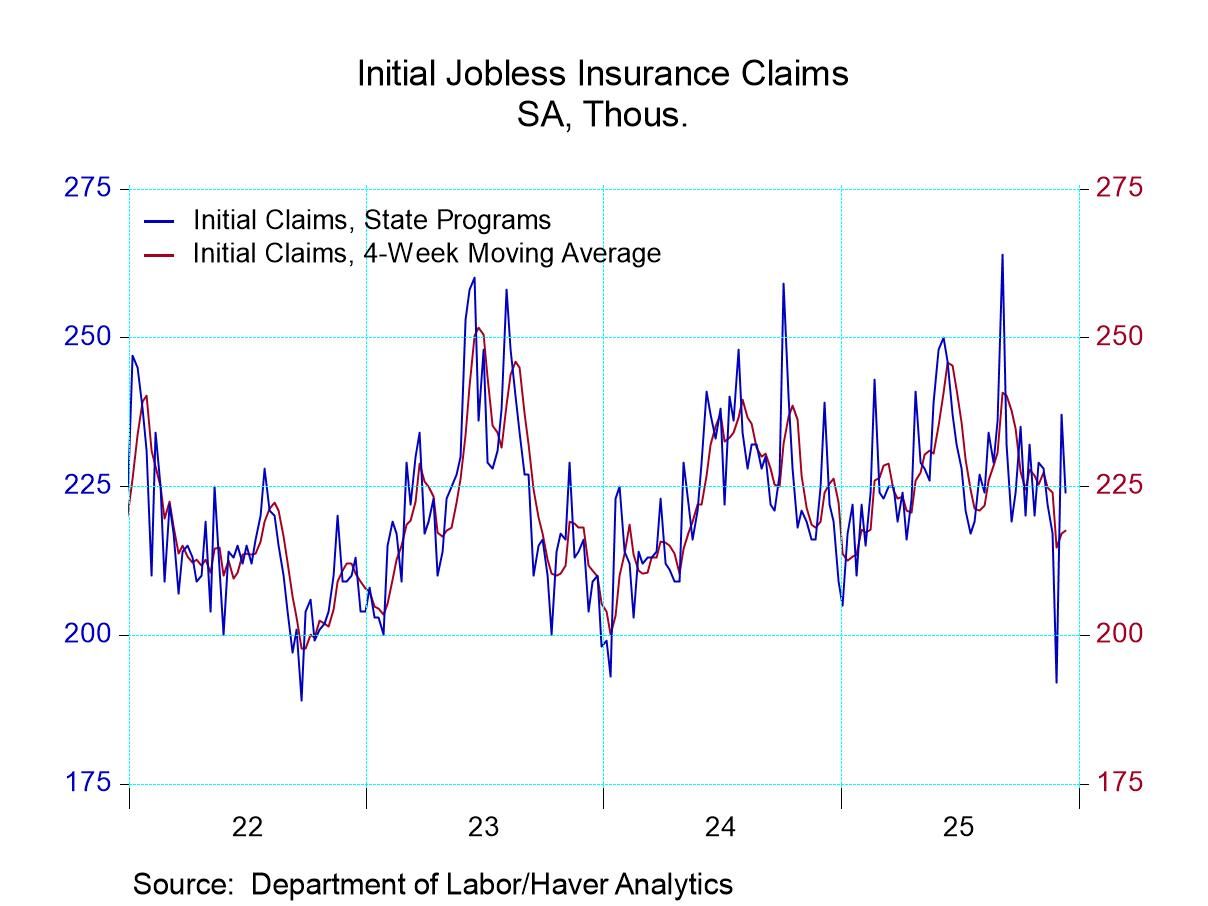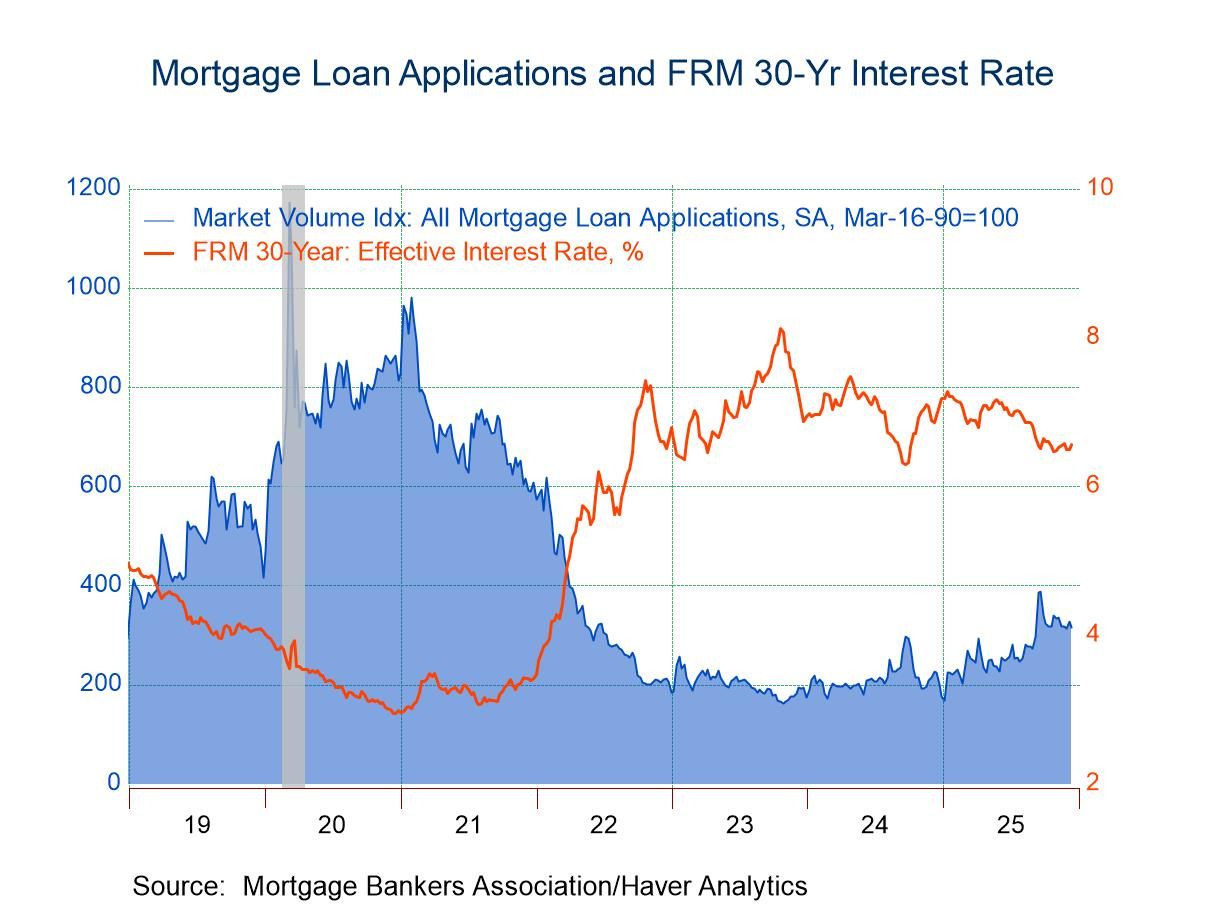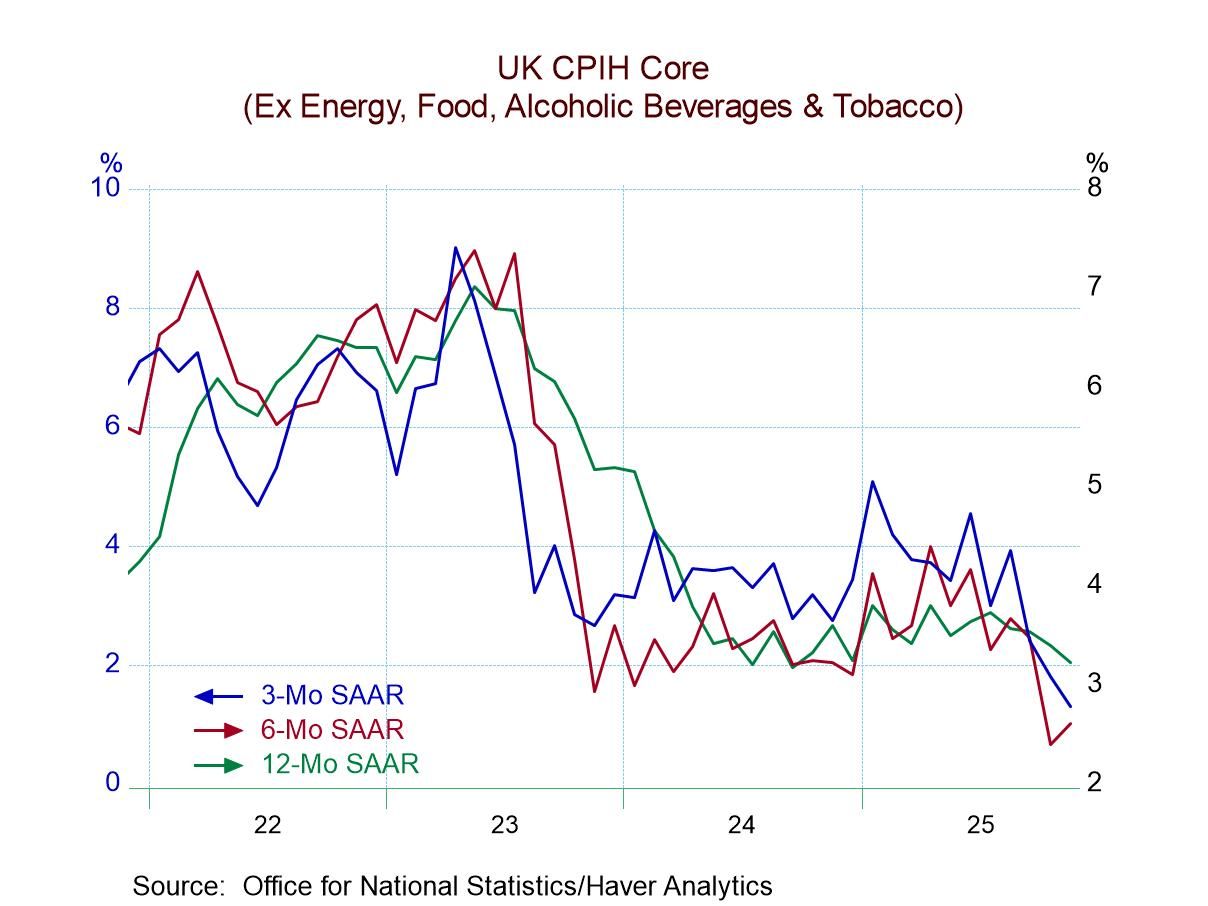 Global| Jun 02 2023
Global| Jun 02 2023Charts of the Week (June 2, 2023)
by:Andrew Cates
|in:Economy in Brief
Summary
The world economy’s underlying vulnerabilities have been in sharp focus over the past few weeks, but more deep-seated wounds with longer-lasting scars have been avoided, at least for now. This applies specifically to the anxiety that had surfaced about the health of the US banking sector and more recently to the willingness of politicians to lift the US debt ceiling. But it applies more generally to the outlook for the world economy, partly thanks to the relief that’s been provided by weaker energy prices. Still, as most of our charts this week suggest, while deeper wounds have been avoided for now, this does not mean that underlying vulnerabilities have been erased. We illustrate, for example, the heightened tendency of incoming data for global growth to disappoint expectations to the downside (in chart 1). Inasmuch as that trend toward disappointment has been rooted in a deteriorating outlook in Europe and Asia (compared with the US) we look next at the renewed upward pressure on the US dollar (in chart 2). The downward pressure on European inflation and on bank credit growth (in Europe and the US) is our next focus (in charts 3 and 4). Then, on labour market issues, we home in on the mixed messages that were conveyed about employment activity in the US from this week’s April JOLTs report (in chart 5). And finally we turn to the worrying trend toward higher youth unemployment that’s established itself in China over the last few months (in chart 6).
Economic data and financial markets While anxiety about the stability of the US banking sector and, more recently, about the US debt-ceiling, have plagued financial markets, it is the broader global macroeconomic outlook that has arguably been of most concern. Incoming economic data have been disappointing expectations to the downside far more frequently in recent weeks. And this has been offsetting more favourable news on the global inflation front. This is illustrated in chart 1 below showing the downward trend in the spread between Citigroup’s global growth and inflation surprise index that’s established itself since late March.
Chart 1: Global growth and inflation surprises versus global equity markets

The US dollar and interest rate differentials Disappointing data from the euro area and Asia (and most notably, China) have been the principal drivers of disappointments at the broader global level. Incoming data from the US, in contrast, have been better-behaved. This, in turn, though has widened real interest rate differentials between, for instance, the US and Europe, and re-exerted upward pressure on the US dollar at the same time (see chart 2).
Chart 2: The trade weighted value of the US dollar and interest rate differentials

Inflation in the euro area These financial market trends, moreover, have been given some further zip from some much weaker-than-expected inflation data from the euro area this week. The flash estimate of headline CPI inflation specifically tumbled to a weaker-than-expected rate of 6.1% in May from 7.0% in April. There were encouraging elements in this report too concerning core inflation. And this echoed as well some encouraging news about inflation expectations in this week’s EC survey of business and consumer confidence (see chart 3).
Chart 3: Euro area CPI inflation and consumers’ 1 year-ahead inflation expectations

Bank lending growth That news on the inflation front will clearly be welcomed at the ECB. But so too will the evidence that’s accumulating that suggest the wheels of credit in the world’s major economies are slowing down. That was the message from the underlying details that concern lending growth in this week’s broad money supply data for April from the euro area and the UK. It is also the message from the latest data from the Fed for the United States (see chart 4).
Chart 4: Bank lending growth in the US and Europe

The US labour market While that inflation-friendly data for bank credit growth will be welcomed at the Fed, the evidence this week (so far) about labour market activity has been more nuanced. For instance, June’s JOLTs report revealed that US job openings unexpectedly rose in April, suggesting persistent strength in the labour market and potential further upward pressure on wage inflation. Offsetting this, however, were data on the quit rate, which fell to 2.3% in April after 2.2% in March, and resuming the downward trend that began about a year ago. Less inclination to leave a job and reduced labour market turnover are hallmarks of a looser labour market and should offer the Fed more encouragement.
Chart 5: The US JOLTs report: the opening rate and the quits rate

China’s labour market In our final chart this week we stay with labour market issues and look specifically at youth unemployment in China. Latest official data specifically shows that urban unemployment among 16- to 24-year-olds in China hit a record 20.4% in April– about four times the broader unemployment rate (see chart 6 below). It goes without saying that this is a concerning development not just for macroeconomic stability but for social stability in the period ahead as well.
Chart 6: The youth unemployment rate in China

Andrew Cates
AuthorMore in Author Profile »Andy Cates joined Haver Analytics as a Senior Economist in 2020. Andy has more than 25 years of experience forecasting the global economic outlook and in assessing the implications for policy settings and financial markets. He has held various senior positions in London in a number of Investment Banks including as Head of Developed Markets Economics at Nomura and as Chief Eurozone Economist at RBS. These followed a spell of 21 years as Senior International Economist at UBS, 5 of which were spent in Singapore. Prior to his time in financial services Andy was a UK economist at HM Treasury in London holding positions in the domestic forecasting and macroeconomic modelling units. He has a BA in Economics from the University of York and an MSc in Economics and Econometrics from the University of Southampton.






